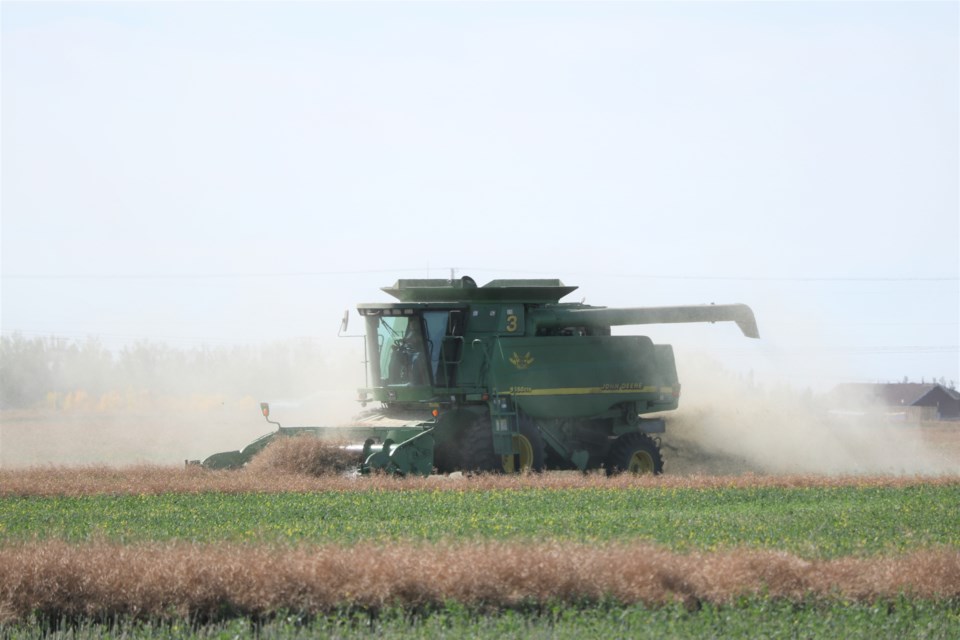YORKTON - When you have been a journalist in Saskatchewan for some 30-plus years, with an eye on agriculture for most of that time, you will have written a lot about the Canadian Wheat Board.
The debate surrounding the eventual dismantling of the long-time grain marketing organization was a long and often bitter one.
Farmers were deeply entrenched on the two sides of the debate, some seeing the monopoly marketer of wheat and barley as the best tool to ensure equal returns for farmers from sales of Canadian grain, while those on the other side wanted the freedom to market to whoever they wanted.
Depending on perspective there were valid points on both sides, although in the middle of the protracted battle it is doubtful anyone on either side would admit to anything good 小蓝视频 said in the opposite camp.
In the end a Conservative government under Stephen Harper happened to be in Ottawa and that ended the Wheat Board.
There will be those suggesting it was a great groundswell of support for change, but had a Liberal or New Democrat government been in place at the time it is doubtful the CWB would have gone into history.
It is interesting, even more so looking back, that the ultimate decision about something as long-standing and influential as the CWB, came down to a purely political one.
What was interesting was to read an article just a few days ago noting that the CWB has now been gone for a decade.
It is surprising how something as critical to grain marketing in Canada for decades, so hotly debated in its final years of existence, can be dismantled and practically forgotten in a short 10 years. At the time of its dismantling there was the feeling it was something which would have massive impact felt for years in the sector.
Of course the question some are asking now a decade later is, did the change make a huge difference for producers?
While it would take a team of economists to figure that out with any accuracy, it is likely individual producers were cheering, or decry the results based largely on which side of the debate they were on pre-dismantling of the CWB.
In the last few years’ prices have been so good, who markets grain, and where it is sold, hasn’t been a big issue for farmers. There has been some money to be made if costs are kept reasonable on the production side.
Who markets grain best is really a much bigger question when prices are low and there is a glut of grain to be marketed.
In the end there have no doubt been winners with the change, those who were best-prepared to do more direct marketing most likely.
Others will have lost, especially initially if they were confident the CWB would survive, so they would not need to adapt.
That said, perhaps a decade is not long enough to truly measure the change. It is a rather short period in terms of a CWB dating back to 1935, but one thing is certain, the organization is gone, so producers can only forge ahead at this time.






